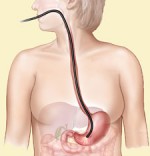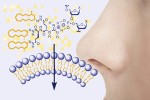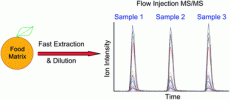The most popular Analyst articles in October
Five of our most-read papers in October 2010 – access them FOR FREE:
Graphene electrochemistry: an overview of potential applications
Dale A. C. Brownson and Craig E. Banks, Analyst, 135, 2768-2778
DOI: 10.1039/C0AN00590H
Thick-film textile-based amperometric sensors and biosensors
Yang-Li Yang, Min-Chieh Chuang, Shyh-Liang Lou and Joseph Wang, Analyst, 135, 1230
DOI: 10.1039/b926339j
Recent advances in fluorescent and colorimetric conjugated polymer-based biosensors
Kangwon Lee, Laura K. Povlich and Jinsang Kim, Analyst, 135, 2179-2189
DOI: 10.1039/C0AN00239A
Graphene versus carbon nanotubes for chemical sensor and fuel cell applications
Douglas R. Kauffman and Alexander Star, Analyst, 135, 2790-2797
DOI: 10.1039/C0AN00262C
Instantaneous chemical profiles of banknotes by ambient mass spectrometry
Livia S. Eberlin, Renato Haddad, Ramon C. Sarabia Neto, Ricardo G. Cosso, Denison R. J. Maia, Adriano O. Maldaner, Jorge Jardim Zacca, Gustavo B. Sanvido, Wanderson Romão, Boniek G. Vaz, Demian R. Ifa, Allison Dill, R. Graham Cooks and Marcos N. Eberlin, Analyst, 135, 2533-2539
DOI: 10.1039/c0an00243g

















